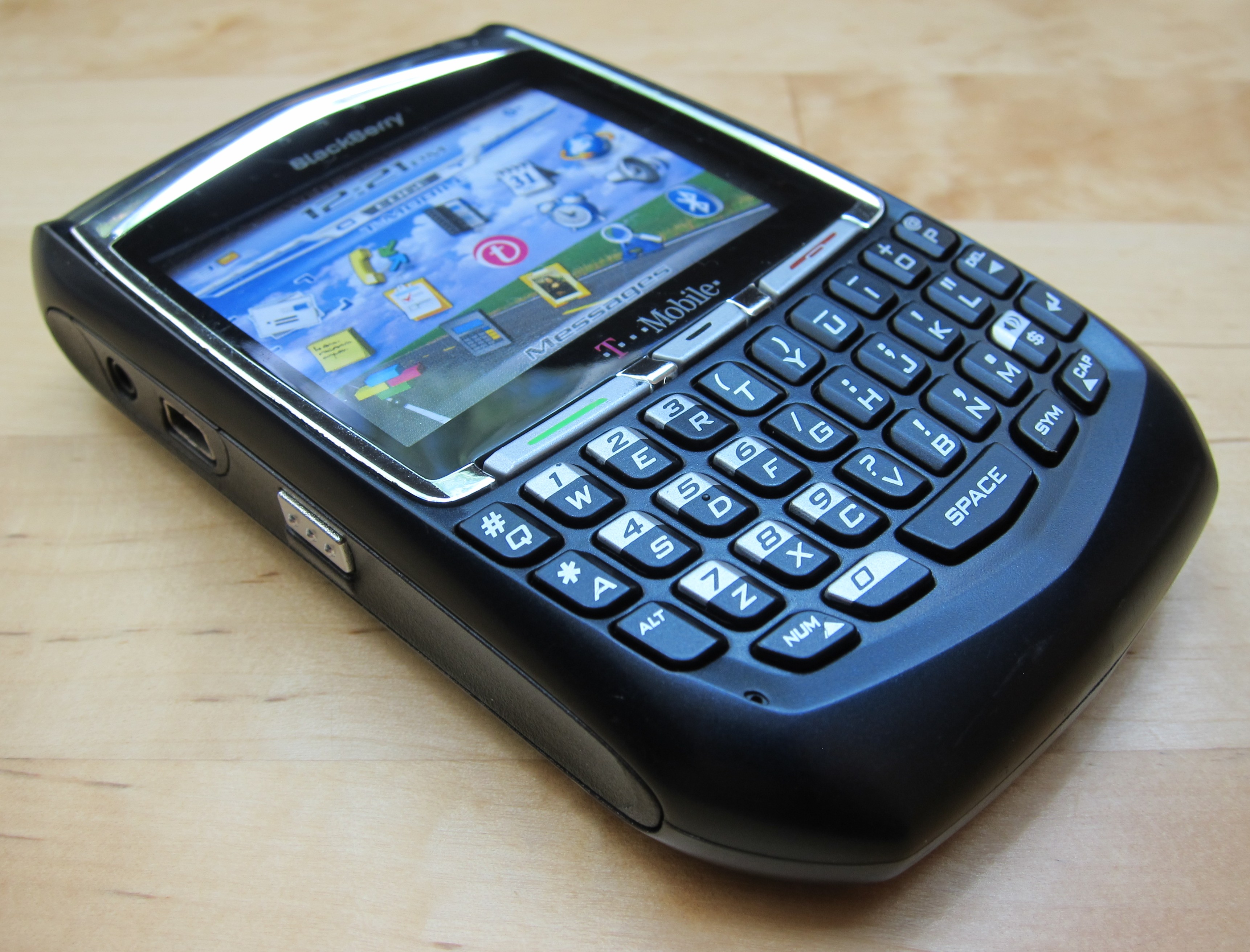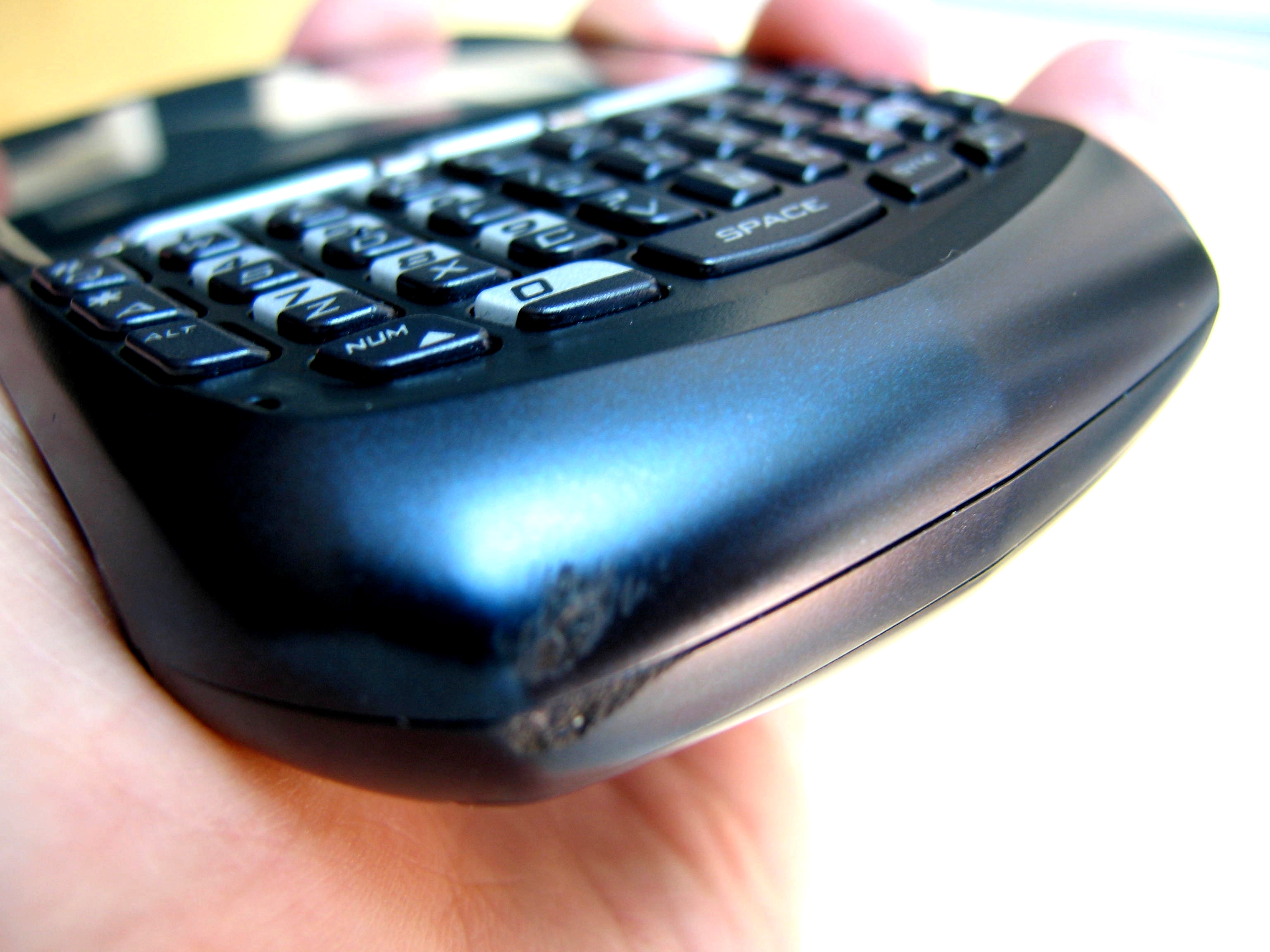No doubt about it, the iPhone was a revolutionary, game-changing device. Yet to this day I’ve never really been interested in owning one.
There were obvious, practical reasons. I could have imported a first-generation iPhone from the US (at a hefty surcharge), but as I remember it most of the “apps” in those early days weren’t much more than skins for iPhone-optimized web sites. By the time my carrier got the second-gen iPhone 3G I had already begun the move to Linux on my desktop computers. No iTunes meant no iPhone, simple as that.
There were political reasons as well. My short-lived affair with the HTC TyTN and a Windows laptop was no accident; after years of telling users how PowerPC was the superior chip for Macintosh computers, Apple suddenly and inexplicably switched to Intel. I was not impressed. I was similarly disappointed that Apple chose to sell the iPhone through carriers, with locks and subsidies, rather than unlocked in their own retail stores. Blogger Stefan Constantinescu wrote an excellent post in 2008 detailing how Apple had a chance to revolutionize the economics of mobile, and failed. Long story short: I felt burned by Apple and liberated by my unlocked Nokia, a device that I could use on any carrier, anywhere in the world.
Nokia trumped Apple in another, deviously clever way. In the spring of 2008 I received the first in a long series of trial devices from a blogger outreach program called WOM World. I think it started off as Nokia Blogger Relations, and its since been given the new moniker Nokia Connects. Whatever the name, the idea was genius. Anyone with some sort of online presence could request any Nokia product for a two-week trial. A review (good or bad) would send traffic to the writer’s blog and provide free marketing for Nokia. With a steady stream of shiny new toys arriving at my door the idea of being locked to an iPhone for a three-year contract seemed downright comical.
Oh yes, I forgot to mention… The standard carrier contract term in Canada is three years. We’re backwards that way.
Back to the iPhone, I’ve futzed around with almost every version of it, and after only a few minutes its always been the same story — I put it down and walk away. It just doesn’t do anything for me. I absolutely get that it’s made smartphones easier to use, especially for people who have never had one, but for someone like me who struggled through the early years of data synchronization, Internet connectivity and just about every other technological hurdle Apple’s “JesusPhone” has always seemed like a bit of a cheat.
Nokia fanboy? Mobile phone snob? Guilty as charged. I’d finally join the world of modern smartphones a few years later — but for the moment, enduring Symbian’s old school charm was about to pay off. Big time.
]]>Still stinging from the thousand bucks I dropped on my HTC TyTN I turned to eBay for a deal, and managed to find a local seller with an 8700g. It had branding from a carrier in the UK but the radio had been unlocked for use in Canada. I was unsure if the second lock on the device — the BlackBerry PIN — had been cleared, but all fears were allayed when I got the device, powered it up and successfully registered it for BlackBerry Internet Service (BIS).
In many ways, BlackBerries are win-win for carrier and user alike. Just like Danger’s hiptop, BlackBerry data passes through a central server before arriving on your handset. For carriers, this means less congestion on their networks; for users it means faster data — at least it did back in the dark days before the widespread availability of 3G. The BlackBerry operating system had a particularly helpful feature wherein the user could send “service books” to their device. If your email wasn’t working or some other ailment had besieged your handset a binary blob would be sent down the pipe to save the day. I’ve never seen this feature on any other mobile OS.
Though made almost entirely of plastic my CrackBerry was tough as nails; it shrugged off a brutal drop from about chest-high to an unforgiving sidewalk. Chalk this up to its roots as a text-only pager, I guess… And for text-related activities the BlackBerry did very well. Despite the fairly hideous on-screen fonts, dealing with email from multiple accounts was a breeze. Another BlackBerry innovation was the global inbox, a central dumping ground for incoming email, text messages, even missed calls. RIM has since removed SMS from the global inbox by default, which has been a challenge for my older siblings who still don’t entirely get what a text message is, let alone how to send one.
Sadly, any hopes of a CrackBerry addiction for yours truly were vanquished in short order by an absolutely reprehensible app called PocketMac, which RIM licensed as the official syncing software for Apple desktop computers. It routinely ate appointments, contacts and/or to-do items on every sync, and it was a constant game of cat and mouse to suss out what had gone missing. Thankfully OS X now has a proper Desktop Manager, but I’m a proper Linux user now. And to be brutally honest, I don’t think BlackBerry’s proxied Internet is of much use in a world where 3G data is cheap and plentiful. Well, plentiful anyway.
I did use a borrowed BlackBerry Curve many years later on vacation in Bermuda. It was the only way I could get an unlimited data package from the local carrier there. The BlackBerry experience in 2011 wasn’t enough to win me back, but the on-screen fonts were better, at least.
]]>
Just like this dummy model I got the non-souvenir, working version of the BlackBerry 8700g via an eBay auction. Mine was made for the UK carrier O2, but all versions of the “Electron” series shared identical specs — quad-band GSM, no camera, great keypad, scrollwheel on the side… The 8700 line had already been on sale for about a year when I started using it in April of 2007, so I was able to test my CrackBerry addiction for a song.
Email was great, the browser seemed okay and BlackBerry Maps was an unexpected treat. But for me the CrackBerry fell flat on its face with PocketMac, the then “official” syncing software for Apple desktop computers. It may be better now, but when I used it PocketMac would eat random appointments, contacts and/or tasks on every sync — far too high a price to pay even for free software.
My CrackBerry also, quite literally, fell on its chin from about waist-high to an unforgiving sidewalk. Some folks quite like having battle scars on their gear; not me, though — I’m vain that way.
If you’d like to read more about my BlackBerry experience I posted three separate entries about it on my personal blog.
]]>One of the biggest reasons why I didn’t keep it was the price tag: nine hundred and fifty Canadian dollars was a bit too dear. I think it was my Treo that instilled in me the optimal price point for one of these high-functioning handsets; even today, I’m loathe to pay more than five hundred bucks for one. And Fido offered no subsidies for the P800, as it was very much a niche device.
I might have given the P800 more consideration had it a proper qwerty keypad. Using the number pad for anything other than entering phone numbers was decidedly unpleasant. The touchscreen underneath had built-in handwriting recognition that didn’t work at all for me — I would have much preferred something more familiar, like Palm’s Graffiti alphabet. Instead, I had to make do poking at an on-screen keyboard with the included snap-on stylus. Not fun.
But the biggest problem with Sony Ericsson’s smartphone was that it had no available options for syncing data to my Macintosh computer. Remember that I’ve only ever wanted two things from my mobile phone, and above all else the ability to share a single address book. Apple to this day is still dwarfed by Microsoft Windows in terms of market share, and I wasn’t about to buy a new computer just for a phone (at least not yet). To manually write phone numbers to my SIM card would be an instant regression back to the stone age, and an immediate deal-breaker.
One thing the P800 had going for it was an integrated VGA camera. I decided that my next mobile would also be a camera phone. And sure enough, it was.
]]>